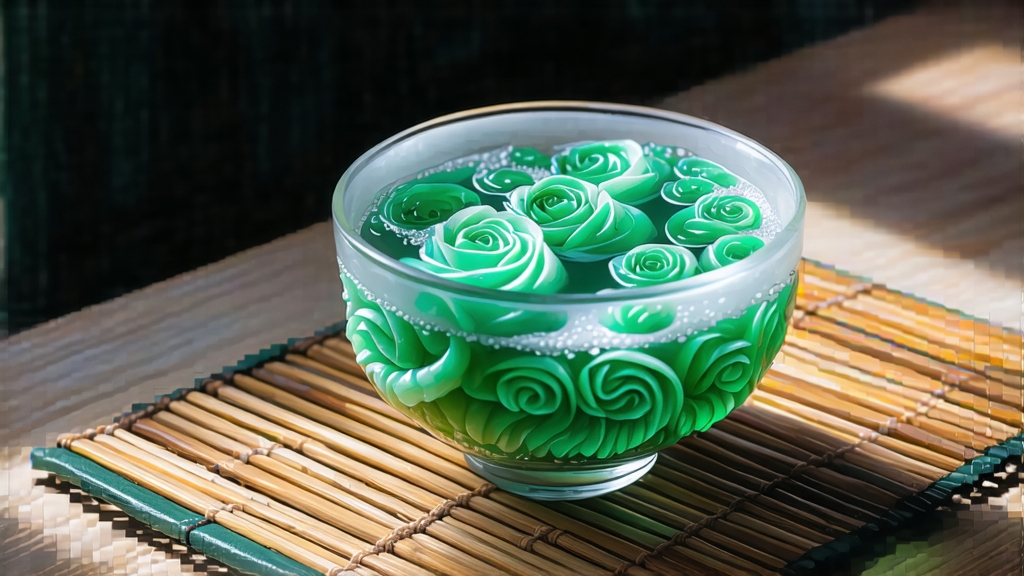
Hidden in the mist-laced hills that rise from the eastern shore of Lake Tai in Jiangsu Province, Biluochun—literally “Green Snail Spring”—has captivated Chinese emperors, poets, and now a growing circle of global tea lovers for more than a millennium. Unlike the sword-shaped Longjing or the needle-like Liuan Guapian, Biluochun is instantly recognizable by its tiny, tightly spiraled leaves, white down, and an aroma so fragrant that locals once called it “Scary Fragrance” (Xia Sha Ren Xiang) until the Kangxi Emperor, smitten by its taste during his 1699 southern tour, rechristened it with the more elegant name it bears today. This article invites you to journey through the history, micro-terroirs, handcraft, and sensory ritual that make Biluochun one of the most refined expressions of Chinese green tea.
-
Historical echoes
Biluochun’s written record begins in the Tang dynasty (618-907) when the monk-monograph “Tea Classic” already praised the area’s tea. By the late Ming dynasty it was tribute tea, carried by canal-boat to Beijing within days of picking so that the Forbidden City could taste spring before the season reached the capital. Legends abound: one tells of a tea picker who tucked fresh buds into her bosom; body heat released an intoxicating perfume that startled her companions, hence the original folk name. Another story claims the bushes grew entwined with peach, plum, and apricot trees, allowing the leaves to absorb floral notes in the night dew. Whatever the myth, imperial patronage cemented Biluochun’s status; in 1915 it won gold at the Panama-Pacific Exposition in San Francisco, announcing China’s spiral spring to the wider world. -
Micro-terroir: Dongting’s twin peaks
Authentic Biluochun comes only from the Dongting mountain range—Dong Shan (East Mountain) and Xi Shan (West Mountain)—islands actually, thrust from Lake Tai like giant green tortoises. The lake moderates temperature, creating a mist blanket that filters sunlight into soft, diffused beams ideal for slow amino-acid accumulation. Soils are quartz sandstone mixed with lake-deposited humus, slightly acidic and fast-draining. Fruit trees still intercrop the tea gardens; their roots share mycorrhizal networks, and their blossoms supply pollen for the same bees that later sip tea-flower nectar, a botanical conversation believed to deepen the tea’s natural fruity note. Within the two mountains, micro-plots such as “Biaose Tian” and “Shigong Shang” command higher prices for their extra-tender buds and higher orchid-lactone content. -
Cultivars and grades
The original landrace is the small-leaf “Dongting Qunti,” a sexually reproducing population with purple-tinged young shoots. Since the 1980s clonal selections like “Dongting 1” and “Dongting 2” have increased yield and frost resistance while preserving flavor. Grading follows bud-to-leaf ratio:- Special Grade (Teji): one bud only, 5.5–6 mm length, 6,000 buds per 100 g.
- Grade I: one bud and one unfolding leaf, picked within five days of Qingming festival.
- Grade II: one bud and two leaves, acceptable until Guyu.
Top lots are processed the same day they are picked; any overnight delay oxidizes the edges and dulls the bright jade liquor.
-
The living craft
Picking begins at dawn when 60 % of the buds still wear their night dew. Experienced pluckers use a “tiger’s mouth” grip—thumb and index forming a circle—to snap rather than tear the stem, keeping the epidermis intact for even withering. A full basket weighs no more than 500 g to prevent compression.
Withering is done outdoors on bamboo mats for 30–40 minutes, just long enough for the grassy note to fade and a faint sweet pea aroma to emerge. The critical kill-green (shaqing) step employs a 160 °C wok; the master tosses 250 g of leaves with both hands in a figure-eight motion, pausing to press the leaves against the iron wall for 1.5 seconds to halt oxidation. Rolling comes next while the leaves are still above 50 °C; fingers curl the hot leaf around the